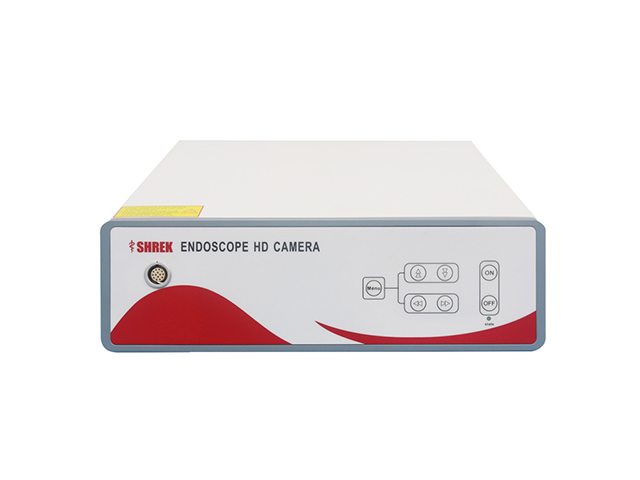SHREK NEWS
How to classify medical consumables

Medical consumables can be classified in several ways depending on various factors, such as their use, composition, and regulatory classification. Here are some common ways to classify medical consumables:
Use-based classification: Medical consumables can be classified based on their intended use. For example, there are consumables used for wound care (e.g., bandages, gauze, adhesive tapes), intravenous therapy (e.g., catheters, needles, infusion sets), surgical procedures (e.g., gloves, masks, drapes), and so on.
Composition-based classification: Medical consumables can be classified based on their composition or material. For example, there are consumables made of plastic (e.g., syringes, tubing), metal (e.g., surgical instruments), cloth (e.g., gowns, towels), and so on.
Regulatory classification: Medical consumables can also be classified based on their regulatory classification, which is determined by regulatory bodies such as the Food and Drug Administration (FDA) in the United States. The FDA classifies medical consumables into three categories: Class I, Class II, and Class III. Class I devices are low-risk devices (e.g., tongue depressors), while Class II devices are moderate-risk devices (e.g., catheters, sutures). Class III devices are high-risk devices (e.g., implantable pacemakers) and require the most stringent regulatory oversight.
Disposal classification: Medical consumables can also be classified based on their disposal requirements. For example, sharps such as needles and scalpels are classified as biohazardous waste and require special disposal procedures to prevent infection.

Overall, the classification of medical consumables depends on the intended use, composition, regulatory classification, and disposal requirements.




